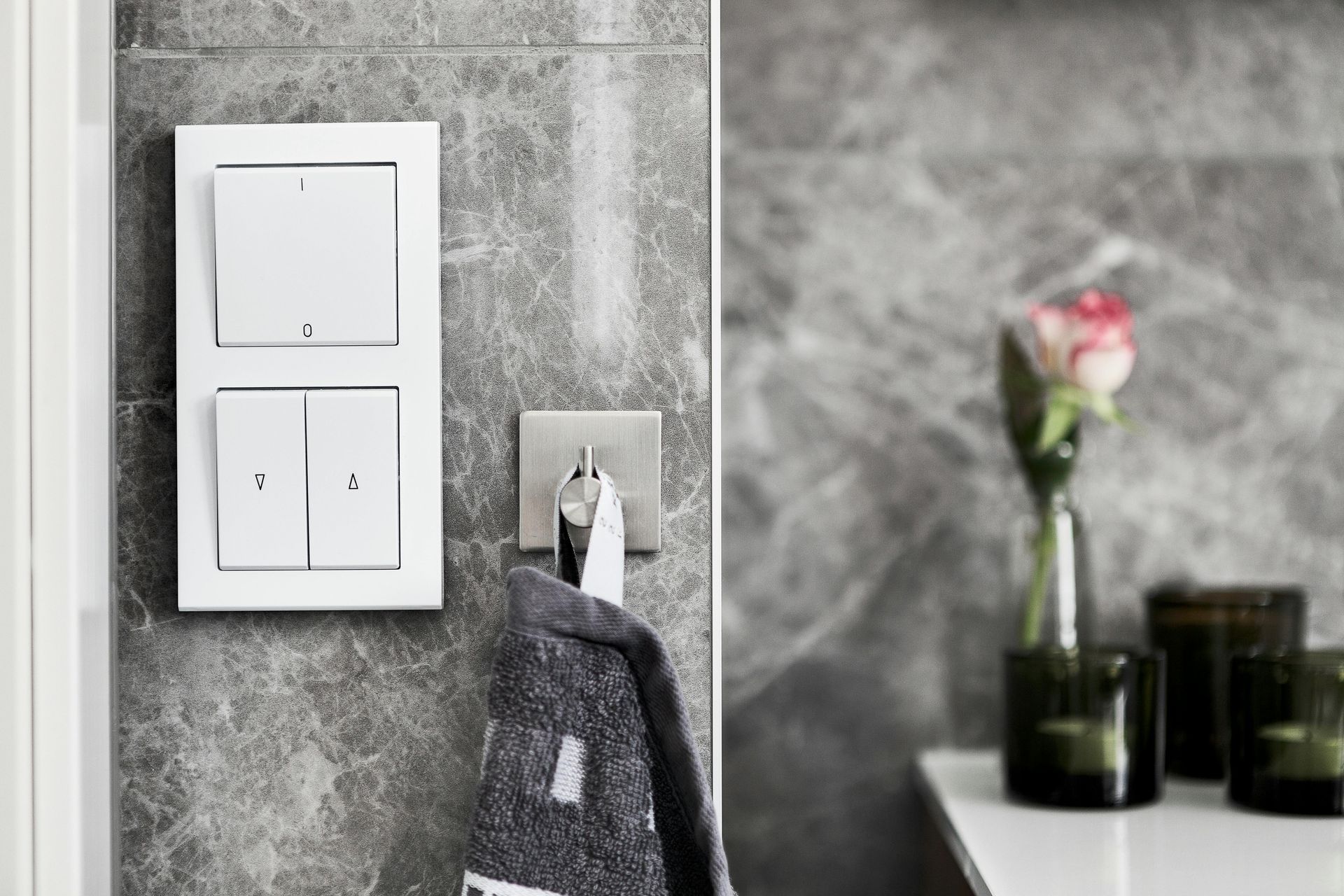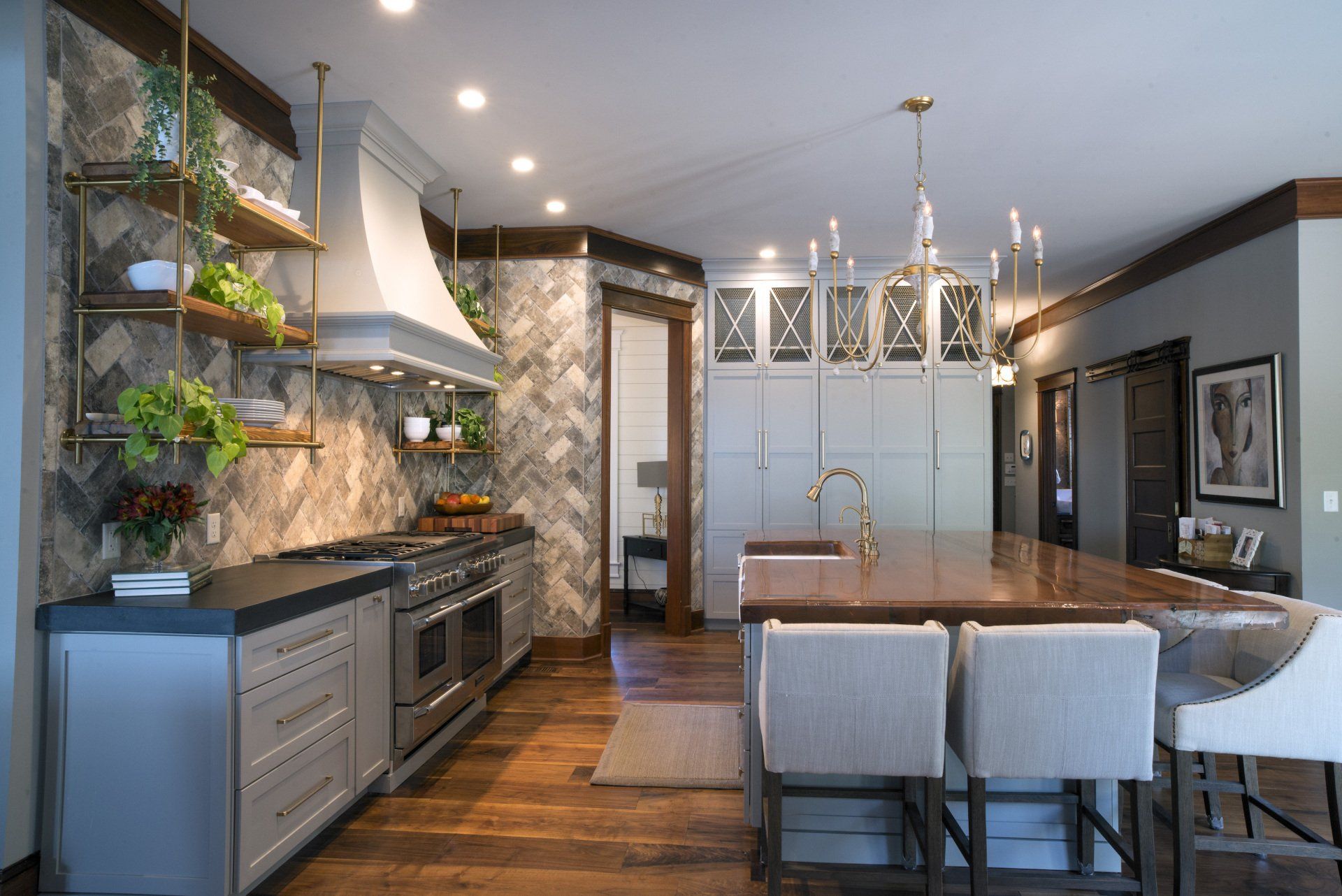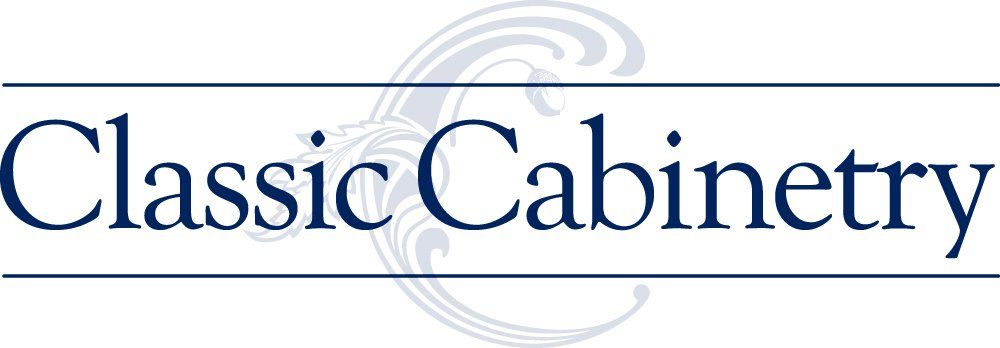The Research Institute for Cooking & Kitchen Intelligence (RICKI) recently published a survey of kitchen trends the mirror the purchasing patterns we see among homeowners Chattanooga who are creating their dream kitchens.
Not surprisingly, nearly 25% of homeowners are spending more time in their kitchens than they did two years ago. With many more homeowners Chattanooga working and/or schooling from home, the kitchen has become a multifunctional room that serves numerous purposes beyond cooking, eating and cleaning up. RICKI found that nearly 25% of homeowners spend an average of three hours a day in their kitchens. The favorite activity is to socialize with family and friends. Other top non-cooking or eating activities include feeding pets, listening to music, gathering with family, reading, watching TV/videos and paying bills.
The design features that are most important to homeowners in their kitchen according to the RICKI survey include:
- Storage space 49%
- Walk-in pantry 41%
- Central island 38%
- Table space for eating 31%
- Better lighting 30%
- Built-in water filtration 21%
- Better ventilation 20%
- Germ resistant surfaces 17%
- Connection to outdoor area 15%
- More than one sink 10%
The desire for storage as a top feature of a new kitchen also comes as no surprise. Another finding that also corresponds to experiences of homeowners Chattanooga is the regret factor. RICKI found that 51% of homeowners who remodeled their kitchens regret not having spent more. Failing to invest more in storage, higher quality cabinetry, statement making countertops, higher-end plumbing fixtures and lighting design and fixtures are often the primary reasons for buyer’s remorse.
Approximately 33% of homeowners store kitchen items that they use frequently in other rooms in their homes. If you are in that number, there is no better time than the present to consider creating a kitchen of your dreams. Give us a call at 423-266-0077 or make an appointment to visit our showroom either in person at 2601 Broad St or virtually.





